Hearing Aid Maintenance
Hearing aids and earmoulds need regular cleaning and maintenance to ensure they stay in good condition for optimal amplification. Various cleaning apparatus and cleaning tools as required.
Recommended kit
Stethoclips with attenuator wheel and mushroom – for listening to hearing aids
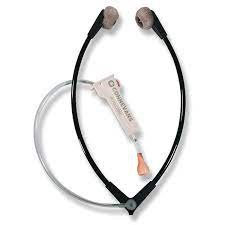
Hearing aid batteries and tester – for changing when checking aid function

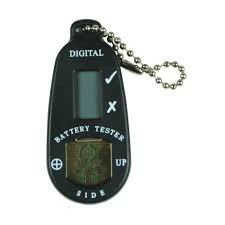
Spare tubing, threader and scissors – for re-tubing as required
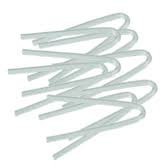
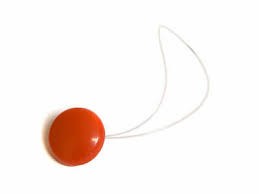
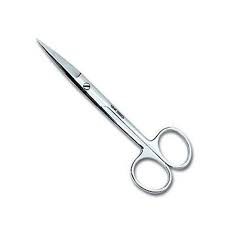
Puffer, cleaning tool, wipes and drying kit – for getting rid of condensation and wax in tube/mould
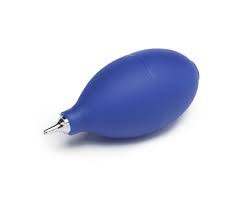
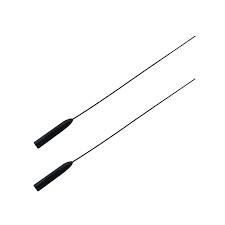
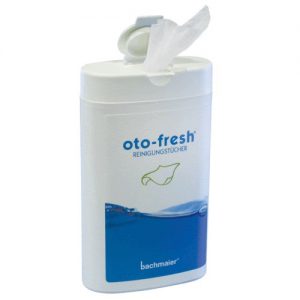
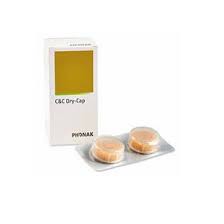
Hearing aid check
Hearing aids have markers near/on the battery compartments – RED for right and BLUE for left.
The hearing aid should whistle when the battery compartment is closed. If not, changed the battery. Scoop the hearing aid in your hand and hold up to the ear to check for any whistle/feedback.
Detach the hearing aid from the mould when ready to check the aid for function using the stetoclips.
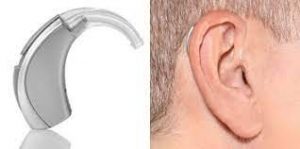
To link up to a behind-the-ear hearing aid, connect the aid hook to the stetoclip tubing. Adjust the attenuator wheel on the stetoclip tubing (starting in the closed position and adjusting the wheel until you can hear at a comfortable hearing level). This will protect your ears if you are checking a medium to high powered aid.
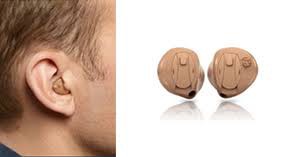
Use the mushroom of the stethoclip to connect to in-the-ear hearing aids.
Listen to a full range of sounds, e.g., vocalise /oo/ /ah/ /ee/ /sh/ and /ss/ checking for any static, crackling/interference/ buzzing or intermittent sound.
Earmould check
Examine the earmould daily, checking the tubing is not coming out of the earmould, is hard or split or damaged and is clean/free from wax or debris. To do this you have to remove the mould from the hearing aid. When hearing aids/mould are removed they can be stored in a drying pot overnight to further prevent the build up of condensation in the tube/on the aid. Batteries are safe to go in the drying box. Change the drying capsule monthly or sooner if required.
Wipe the mould with an otowipe and remove any wax/debris out of the tubing using the puffer.
Use the wire threader for thin tubes when wearing dome/tube versions.
Retubing (as required)
- Cut the new piece of tubing diagonally at the end.
- Thread the diagonal tube through the earmould starting at the flat side and push it through the canal section.
- The bend part of the tube should be flush to the earmould and point upwards to hook onto the hearing aid.
- Cut the tube at the canal side of the mould flush with the end to avoid any rough ends which would cause discomfort.
- Measure and cut the tubing from the earmould to the hearing aid.
Copyright © 2021
Poynton Ear Care
All rights reserved.
